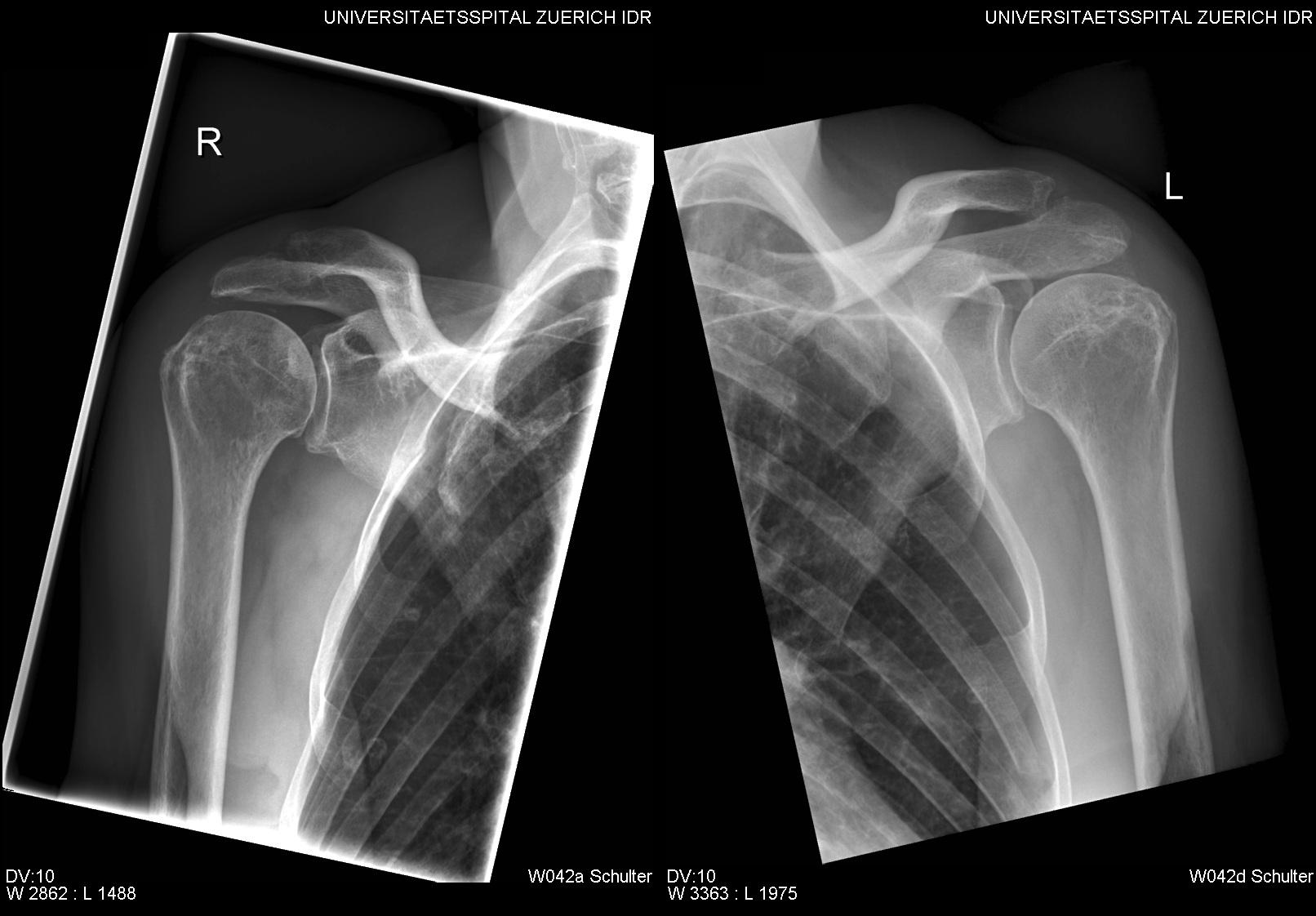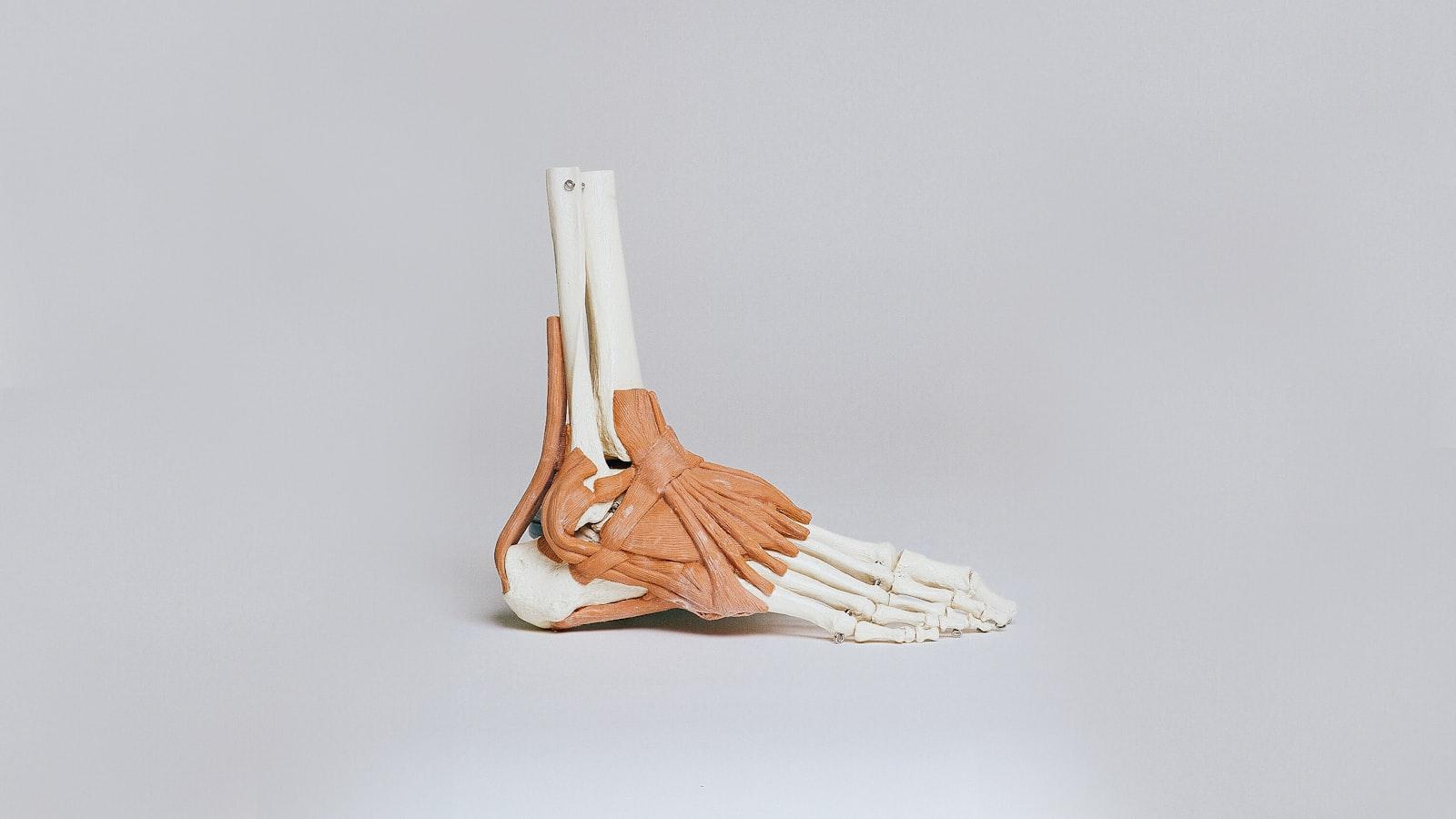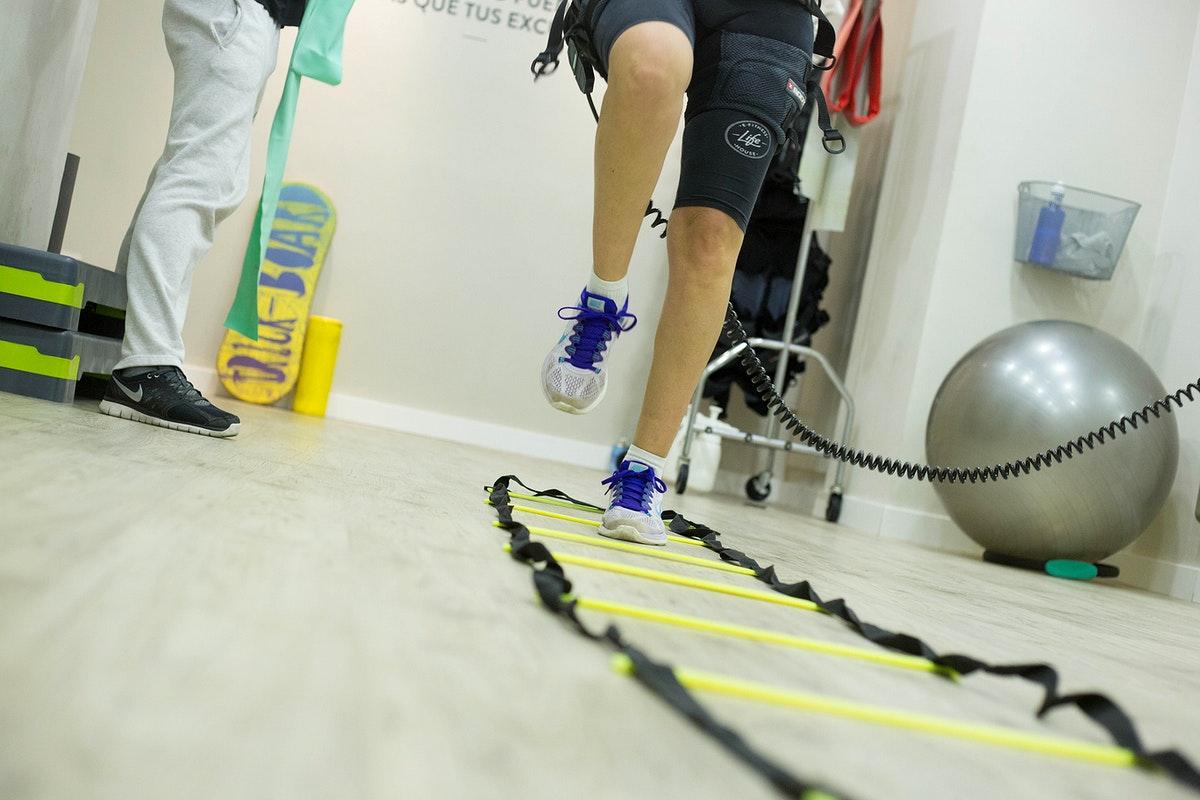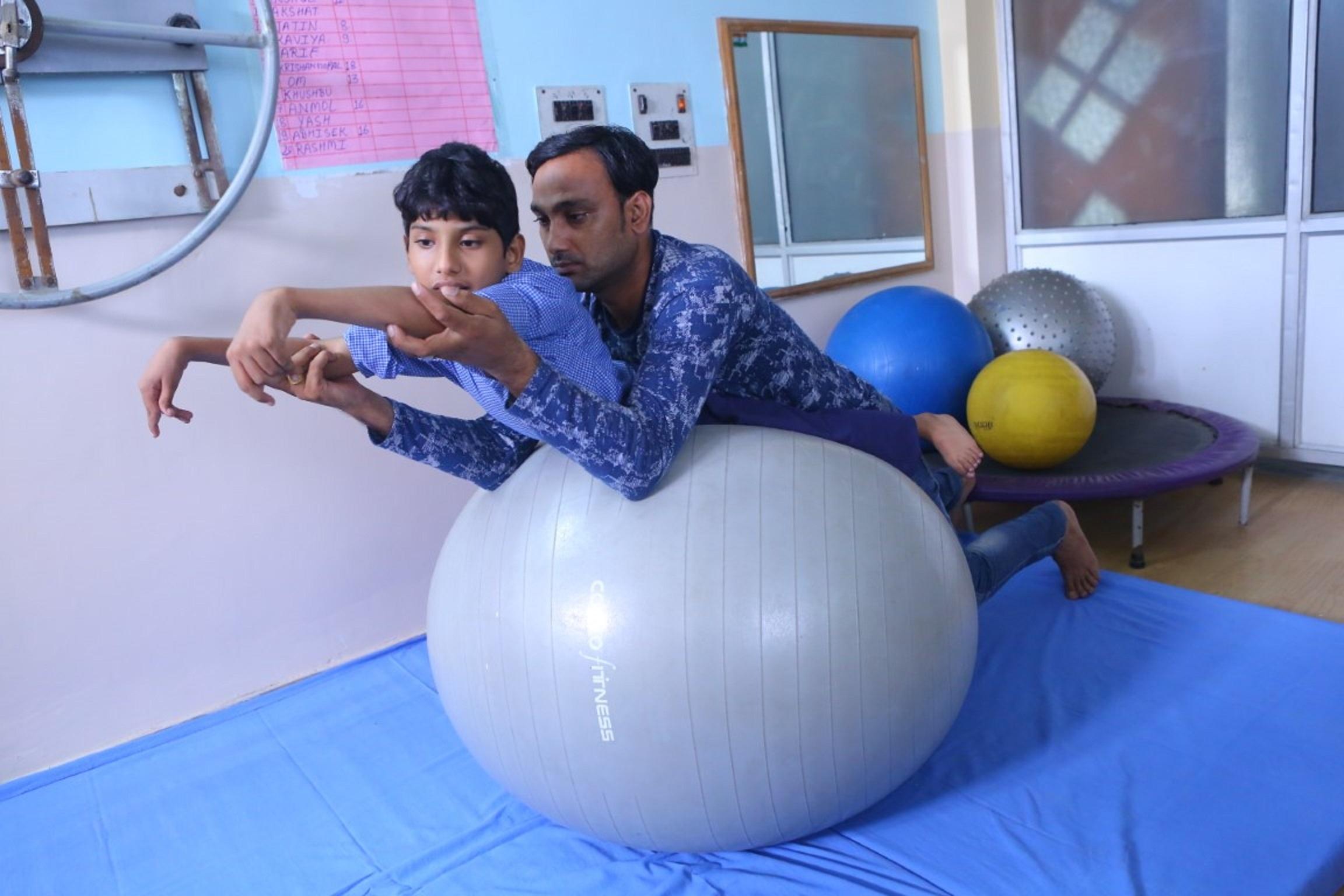Physical Address
304 North Cardinal St.
Dorchester Center, MA 02124
Physical Address
304 North Cardinal St.
Dorchester Center, MA 02124

Are you facing discomfort and restricted movement in your shoulder due to periarthritis? Look no further! In this article, we will explore the world of periarthritis shoulder physiotherapy in depth, providing detailed insights, specific recommendations, and personal experiences from a Physiotherapist Consultant at the “Centre for the Rehabilitation of the Paralysed”. Whether you are a child or an elderly individual, find out how tailored physiotherapy interventions can help improve your mobility and quality of life. Let’s dive in!
Periarthritis shoulder, also known as adhesive capsulitis, can be a real pain in the neck, or should I say, in the shoulder. This condition can be caused by various factors, such as injury, overuse, or even underlying medical conditions. Understanding the causes and symptoms of periarthritis shoulder is crucial in managing this discomfort effectively.
One of the main culprits behind periarthritis shoulder is inflammation of the shoulder joint capsule. This inflammation can lead to stiffness, pain, and a decreased range of motion in the affected shoulder. It’s like having your shoulder locked up in a cage, making simple tasks like reaching for a cup on a high shelf feel like an Olympic sport.
Symptoms of periarthritis shoulder can vary from person to person but often include persistent shoulder pain, difficulty moving the shoulder, and pain that worsens at night. It’s like having a nagging roommate who never leaves your side, constantly reminding you of their presence.
When it comes to managing periarthritis shoulder, physiotherapy can be a game-changer. As a physiotherapist consultant with years of experience under my belt, I’ve seen firsthand how tailored physiotherapy programs can help patients regain strength, flexibility, and function in their shoulder. It’s not just about reducing pain – it’s about unlocking the secrets to a better quality of life.
Physiotherapy for periarthritis shoulder focuses on improving shoulder mobility, strengthening the surrounding muscles, and reducing inflammation. Think of it as a personalized workout plan designed to target the root cause of your shoulder woes. It’s like having a personal trainer for your shoulder, helping you navigate through the complexities of this condition with ease.
So, if you’re struggling with periarthritis shoulder, don’t fret. Physiotherapy could be your ticket to a pain-free shoulder and a return to your favorite activities. Remember, it’s not just about treating the symptoms – it’s about addressing the underlying issues and setting you on the path towards a happier, healthier shoulder. Trust me, your shoulder will thank you for it.
Physiotherapy plays a crucial role in the treatment of periarthritis shoulder, a condition that causes pain and stiffness in the shoulder joint. Through a combination of exercises, manual therapy, and education, physiotherapists help patients regain strength, mobility, and function in their affected shoulder. This is where my experience as a physiotherapist consultant comes in – I have seen firsthand the incredible impact that targeted physiotherapy can have on improving the quality of life for those suffering from periarthritis shoulder.
One of the key benefits of physiotherapy in periarthritis shoulder treatment is its ability to reduce pain and inflammation in the shoulder joint. Through gentle stretching and strengthening exercises, physiotherapists can help alleviate discomfort and improve range of motion. Additionally, manual therapy techniques such as soft tissue massage and joint mobilization can help release tension and improve blood flow to the affected area, promoting healing and reducing stiffness.
Moreover, physiotherapy can also help prevent further complications associated with periarthritis shoulder, such as frozen shoulder. By addressing muscle imbalances, improving posture, and teaching proper body mechanics, physiotherapists empower patients to take control of their condition and prevent it from worsening. This proactive approach is essential in managing periarthritis shoulder in the long term.
In my practice, I have seen how individualized physiotherapy programs can make a significant difference in the recovery process for patients with periarthritis shoulder. By tailoring treatment plans to each patient’s unique needs and goals, physiotherapists can ensure that they are receiving the most effective care possible. This personalized approach not only enhances the effectiveness of treatment but also fosters a strong sense of trust and collaboration between the patient and therapist.
Overall, physiotherapy is a cornerstone of periarthritis shoulder treatment, offering a holistic and non-invasive approach to pain management and rehabilitation. By working closely with a skilled physiotherapist, patients can expect to see improvements in their shoulder function, mobility, and overall quality of life. If you or a loved one is struggling with periarthritis shoulder, don’t hesitate to explore the benefits of physiotherapy – it may just be the key to unlocking a pain-free and active future.
Physiotherapy exercises for periarthritis shoulder can be incredibly beneficial in alleviating pain, improving mobility, and enhancing overall quality of life for individuals suffering from this condition. These exercises are specifically designed to target the affected area, helping to strengthen muscles, increase flexibility, and promote healing.
One of the key is the reduction of pain and discomfort. By engaging in targeted exercises, individuals can gradually improve their range of motion and decrease inflammation in the affected shoulder joint. This can lead to a significant reduction in day-to-day discomfort and an overall improvement in quality of life.
Furthermore, physiotherapy exercises can also help to prevent further complications and joint stiffness associated with periarthritis shoulder. By engaging in a regular exercise routine, individuals can maintain joint function, prevent muscle atrophy, and reduce the risk of future injuries or limitations.
In addition to physical benefits, these exercises can also have a positive impact on mental well-being. Engaging in a structured exercise program can boost mood, reduce stress, and enhance overall feelings of well-being. This holistic approach to healing can provide individuals with a sense of empowerment and control over their condition.
From my experience working as a Physiotherapist Consultant, I have seen firsthand the positive impact that physiotherapy exercises can have on individuals with periarthritis shoulder. By tailoring exercise programs to meet each individual’s specific needs and preferences, I have witnessed remarkable improvements in pain management, mobility, and overall quality of life.
In conclusion, physiotherapy exercises for periarthritis shoulder are a valuable tool in the management and treatment of this condition. By incorporating these exercises into a daily routine, individuals can experience significant improvements in pain, mobility, and overall well-being. If you are dealing with periarthritis shoulder, I highly recommend exploring the benefits of physiotherapy exercises as part of your treatment plan.
When it comes to treating periarthritis shoulder, specific physiotherapy techniques can play a crucial role in managing pain and improving function. These techniques are designed to address the unique needs of individuals with this condition, helping them regain mobility and strength in the shoulder joint.
One of the key physiotherapy techniques used for periarthritis shoulder is range of motion exercises. These exercises help improve flexibility in the shoulder joint, reducing stiffness and pain. By gradually increasing the range of motion, patients can gradually regain full function in their shoulder over time.
Another essential technique is strengthening exercises. These exercises focus on building the muscles around the shoulder joint, helping to support and stabilize the joint. Strengthening these muscles can also help improve overall function and reduce the risk of future injuries or flare-ups.
In addition to exercises, manual therapy techniques such as massage and joint mobilization can also be beneficial for periarthritis shoulder. Massage helps to relax tense muscles and improve circulation, while joint mobilization helps to restore proper alignment and function in the shoulder joint.
Furthermore, modalities such as heat therapy, ice therapy, and ultrasound may be used as part of a comprehensive physiotherapy treatment plan for periarthritis shoulder. These modalities can help reduce pain and inflammation, promoting healing and recovery.
As a physiotherapist with years of experience in treating periarthritis shoulder, I have seen firsthand the positive impact that these specific techniques can have on patients. By incorporating a combination of exercises, manual therapy, and modalities, individuals can make significant progress in managing their condition and improving their quality of life.
In conclusion, physiotherapy techniques play a vital role in the treatment of periarthritis shoulder. By using a combination of range of motion exercises, strengthening exercises, manual therapy, and modalities, individuals can effectively manage their pain and improve their shoulder function. If you are struggling with periarthritis shoulder, consider seeking the expertise of a qualified physiotherapist who can create a personalized treatment plan tailored to your specific needs.
When it comes to periarthritis shoulder physiotherapy, it’s important to be proactive in your approach to recovery. Seeking more than just a quick fix is essential to ensuring long-term benefits and improved function. As someone who has been working in the field of physiotherapy for over a decade, I can confidently say that consistency and dedication are key to unlocking the secrets of effective recovery.
One of the best tips I can offer is to stay committed to your physiotherapy exercises, even when it may seem daunting or challenging. Remember, progress takes time and effort, but the rewards are well worth it. By consistently working towards your goals, you can gradually improve your shoulder mobility, reduce pain, and enhance your overall quality of life.
In my experience, I have found that incorporating a variety of exercises tailored to your specific needs can greatly benefit your recovery process. By mixing up your routine and challenging yourself with different movements, you can keep your muscles engaged and prevent plateaus in progress. Whether it’s gentle stretches, resistance training, or range of motion exercises, diversity in your workouts is key to seeing continual improvement.
Additionally, it’s crucial to listen to your body and communicate openly with your physiotherapist about any concerns or limitations you may be experiencing. Your physiotherapy sessions should be a collaborative effort, with both you and your therapist working together towards a common goal. By maintaining open communication and staying engaged in your treatment plan, you can ensure that you are receiving the utmost care and support throughout your recovery journey.
Remember, recovery through physiotherapy is a process that requires patience, dedication, and a positive mindset. By following these tips and staying committed to your treatment plan, you can achieve amazing results and regain full function in your shoulder. Don’t be afraid to ask questions, seek guidance, and celebrate your progress along the way. With the right mindset and approach, you can overcome any obstacles and emerge stronger than ever.
Consistent physiotherapy sessions play a crucial role in the treatment of periarthritis shoulder. It is not just a one-time visit to the physiotherapist that will alleviate your symptoms; it is the regularity and dedication to these sessions that will bring about lasting relief. Imagine it as tending to a garden – watering the plants once won’t make them flourish; it’s the daily care and attention that will yield vibrant blooms.
Think of your body as a machine that needs regular maintenance to function optimally. By attending physiotherapy sessions regularly, you are essentially giving your body the tune-up it needs to keep moving smoothly. Just like how a car needs regular oil changes to run efficiently, your body needs consistent physiotherapy to stay in top shape.
Consistency in physiotherapy sessions is like building a strong foundation for a house. Each session builds upon the progress made in the previous one, gradually improving your range of motion, reducing pain, and enhancing your overall quality of life. Skipping sessions can derail this progress and hinder your recovery.
Moreover, consistency in physiotherapy sessions can prevent setbacks and flare-ups of periarthritis shoulder pain. By staying on top of your treatment plan and attending sessions as recommended by your physiotherapist, you are proactively managing your condition and reducing the risk of sudden pain spikes or worsening symptoms.
In my years of experience as a physiotherapist consultant, I have seen the transformative power of consistent physiotherapy sessions in the lives of my patients. It is not just about the exercises and techniques practiced during the sessions; it is about the commitment and effort put in by the individual to prioritize their health and well-being. Remember, your body deserves the utmost care and attention, and consistent physiotherapy sessions are a key ingredient in maintaining your physical health and mobility.
The road to recovery in periarthritis shoulder physiotherapy can be challenging, but by avoiding common mistakes, you can make the process smoother and more effective. Let’s delve into some key pitfalls to steer clear of:
From my experience at the “Centre for the Rehabilitation of the Paralysed,” I have witnessed the impact of avoiding these common mistakes in periarthritis shoulder physiotherapy. By paying attention to these key aspects, patients have shown faster progress and improved outcomes in their recovery journey.
Remember, your physiotherapy journey is unique, and what works for one person may not work for another. It’s essential to communicate openly with your therapist, follow their guidance diligently, and stay committed to your treatment plan. By avoiding these common pitfalls, you can set yourself up for success in periarthritis shoulder physiotherapy.

Changing your lifestyle can have a significant impact on the results you see with periarthritis shoulder physiotherapy. By incorporating some simple changes into your daily routine, you can enhance your overall treatment plan and improve your recovery journey.
One key lifestyle change to consider is incorporating regular exercise into your routine. Physical activity not only helps to strengthen the muscles surrounding your shoulder joint but also aids in improving flexibility and range of motion. Whether you choose to engage in gentle stretching exercises or opt for more vigorous activities like swimming or yoga, staying active can expedite your healing process.
In addition to exercise, paying attention to your diet can also play a critical role in optimizing your physiotherapy outcomes. Consuming a well-balanced diet rich in vitamins, minerals, and nutrients can help speed up the healing process while boosting your overall energy levels. Be sure to include foods that are high in antioxidants, such as fruits and vegetables, to promote tissue repair and reduce inflammation.
Furthermore, adopting proper posture habits can significantly impact your shoulder health and prevent further strain on the affected joint. Whether you are sitting at your desk, driving, or performing daily tasks, maintaining good posture can alleviate stress on your shoulder and improve your overall alignment. Consider incorporating ergonomic adjustments, such as using a supportive chair or adjusting your workspace, to ensure proper alignment throughout the day.
Lastly, implementing stress-reducing techniques, such as mindfulness meditation or deep breathing exercises, can help alleviate tension in your shoulder muscles and promote relaxation. Stress can exacerbate pain and inflammation in the affected area, so finding ways to manage stress can aid in your recovery process. Remember that incorporating these lifestyle changes alongside your physiotherapy treatment can yield optimal results and improve your quality of life.
Q: What is periarthritis shoulder?
A: Periarthritis shoulder, also known as frozen shoulder, is a condition characterized by pain and stiffness in the shoulder joint.
Q: What causes periarthritis shoulder?
A: The exact cause of periarthritis shoulder is unknown, but it is thought to be triggered by inflammation and thickening of the capsule surrounding the shoulder joint.
Q: How can physiotherapy help with periarthritis shoulder?
A: Physiotherapy for periarthritis shoulder focuses on improving range of motion, reducing pain, and strengthening the muscles around the shoulder joint.
Q: What are some common physiotherapy exercises for periarthritis shoulder?
A: Common exercises may include range of motion exercises, stretching exercises, and strengthening exercises targeting the shoulder muscles.
Q: How long does it take to see improvement with physiotherapy for periarthritis shoulder?
A: The length of time it takes to see improvement with physiotherapy for periarthritis shoulder can vary depending on the severity of the condition and how well the patient adheres to their treatment plan.
Q: Are there any other treatments that can be used in conjunction with physiotherapy for periarthritis shoulder?
A: In some cases, other treatments such as corticosteroid injections or pain medications may be used in conjunction with physiotherapy to help manage symptoms and improve outcomes.
Q: Is it possible to prevent periarthritis shoulder?
A: While periarthritis shoulder cannot always be prevented, maintaining good posture, staying active, and avoiding repetitive shoulder movements can help reduce the risk of developing the condition.
In conclusion, periarthritis of the shoulder can be a painful and limiting condition, but with the right physiotherapy treatment, you can alleviate your symptoms and regain full range of motion in your shoulder. Remember to consult with a qualified physiotherapist who can create a customized treatment plan for your specific needs. With dedication and patience, you can get back to your normal activities and enjoy a pain-free shoulder once again. Don’t let periarthritis hold you back - take the first step towards recovery today!